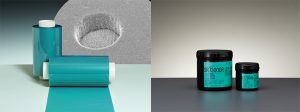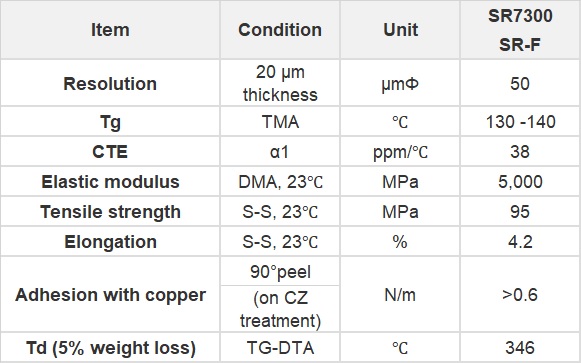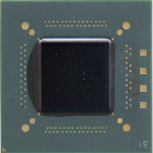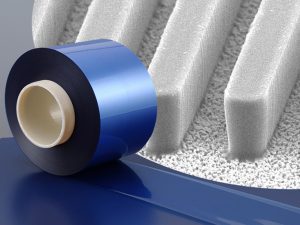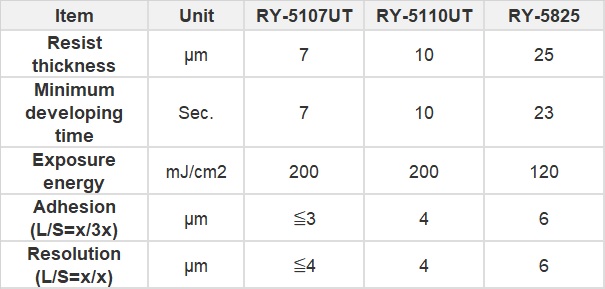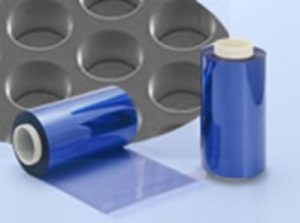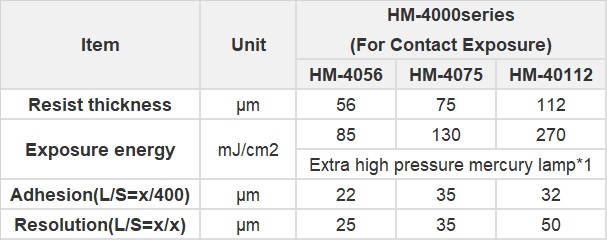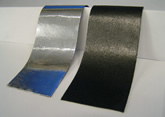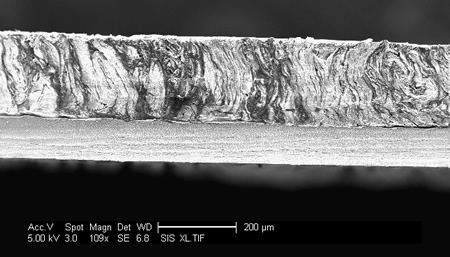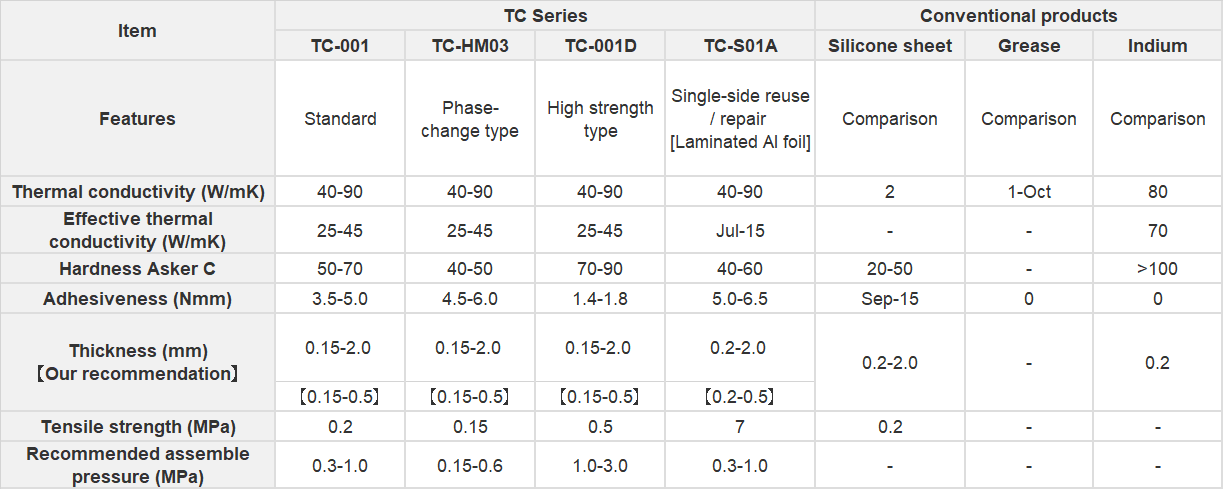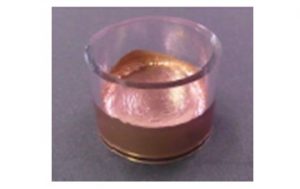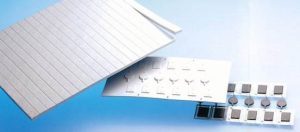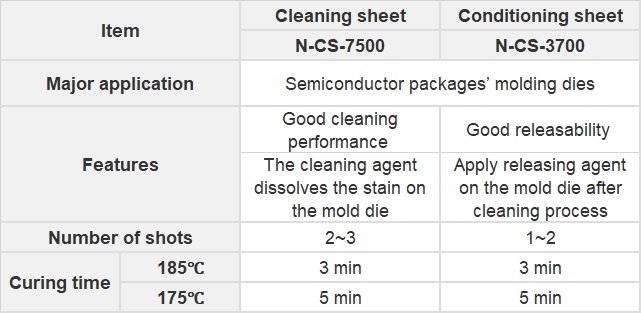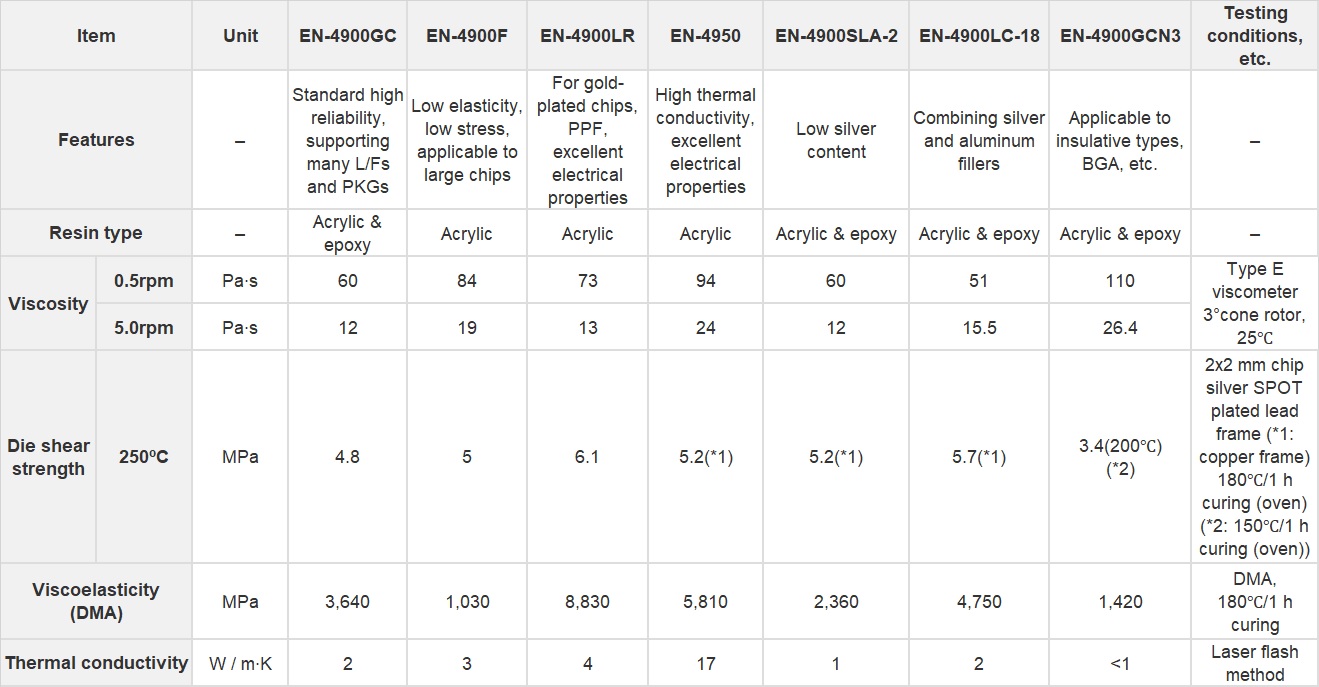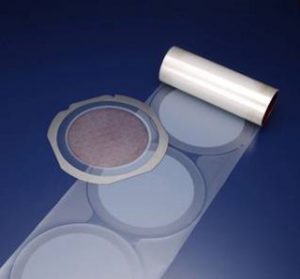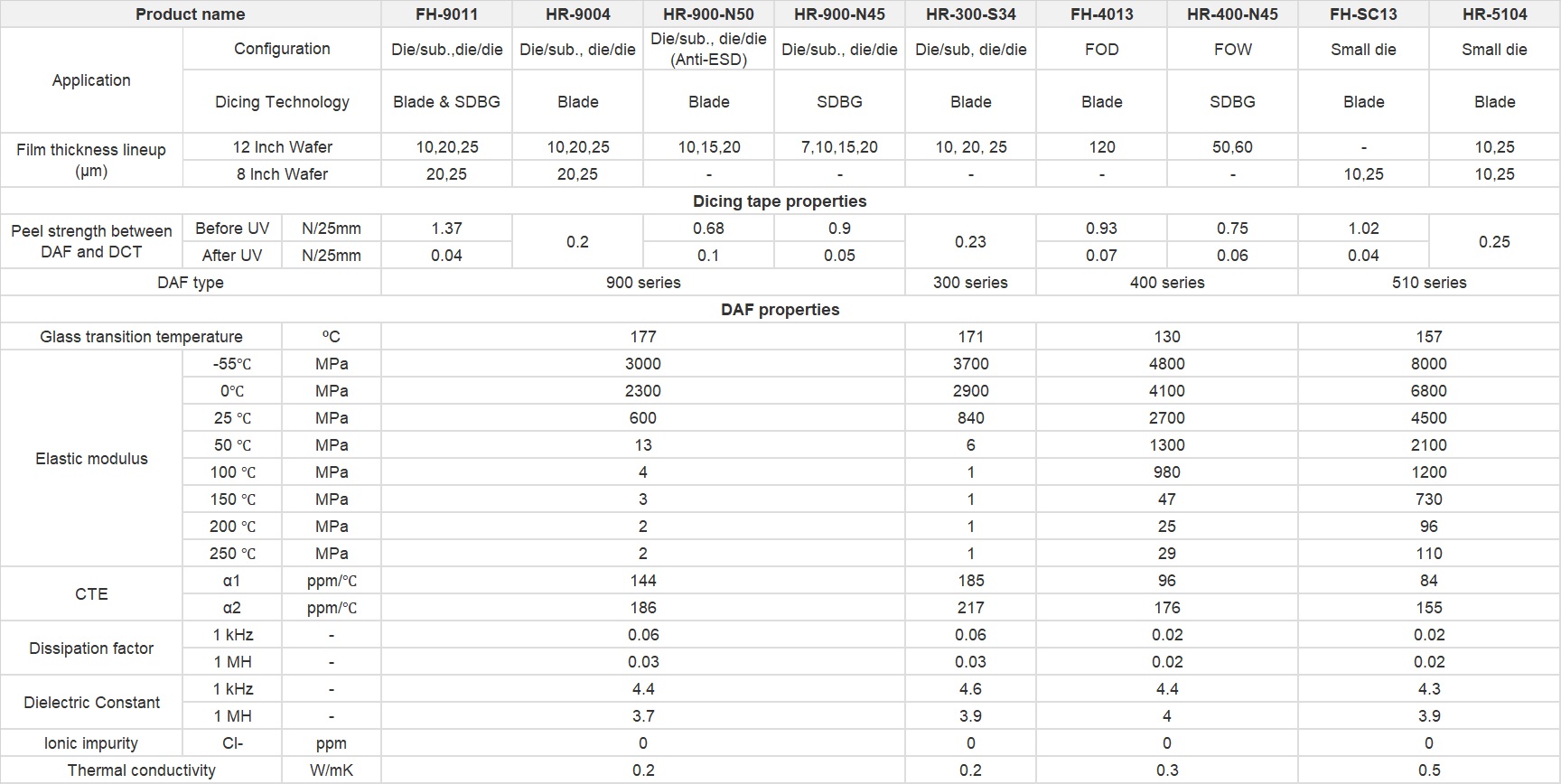A power cycle test at T j ,max = 175℃ reveals that sintered copper has a characteristic life approximately 40 times higher than high-lead solder, and approximately five times higher than sintered silver.
i. Power Cycle Test Weibull Analysis Results (Tj ,max = 175 ℃)


※The data shown are representative values that represent examples of the results of measurements, calculations, etc., and are not guaranteed values.
- Heat dissipation equivalent to sintered silver
Below are temperature distribution diagrams comparing samples using sintered copper and high-lead solder as die-bonding materials. Bonding with sintered copper, whose thermal conductivity of 300W/(m・K) is equivalent to sintered silver, allows to dissipate heat from SiC modules to periphery and prevents local temperature of rising. On the other hand, bonding with high-lead solder with a thermal conductivity of 30W/(m・K) leads to a bottleneck of heat dissipation in the die-bonding part.
i. Temperature distribution on sample cross-sections
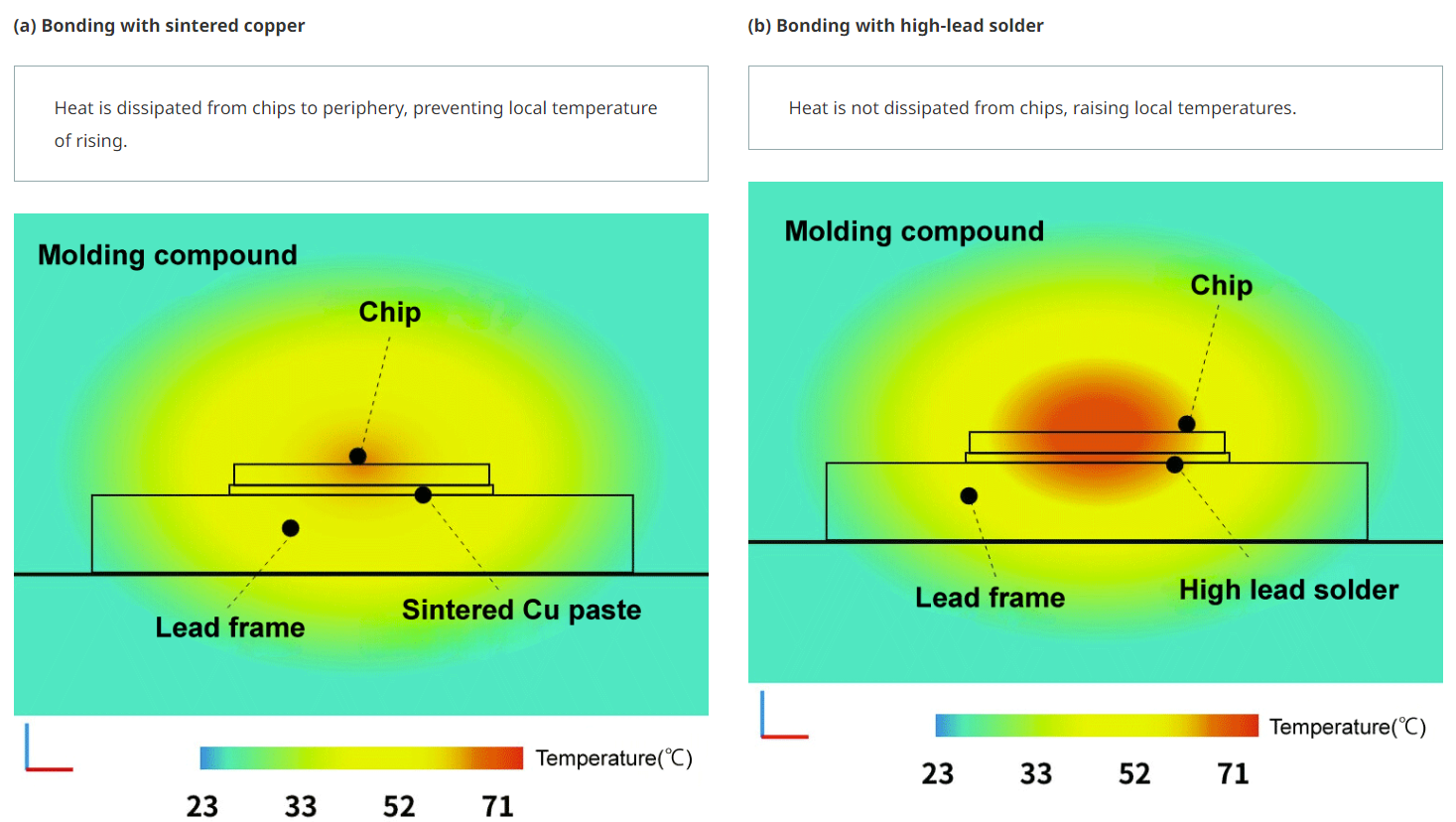
(Items set other than material properties)
Electrical power, environment temperature: measured values of samples, air properties: air at normal pressure and 30℃ (other physical quantities: fixed values), density: 1.161 kg/m3 , thermal conductivity: 2.610 x 10-2 W/(m∙K), coefficient of molecular viscosity: 1.840 x 10-5 N∙s/m2 , thermal expansion coefficient: 3.333 x 10-3K -1 , conduction, radiation, heat transfer by natural convection, buoyancy, and turbulence were taken into account.
※The data shown are representative values that represent examples of the results of measurements, calculations, etc., and are not guaranteed values.
- Developing two types of products for die-bonding and large-area bonding that contribute to heat dissipation design as modules
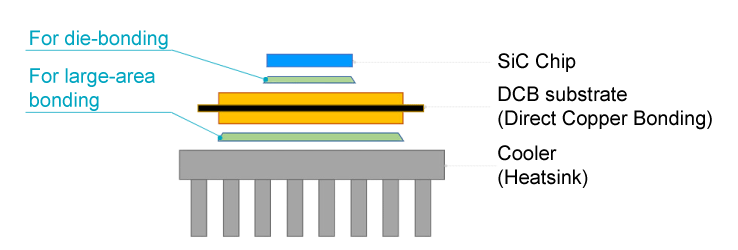
Resonac offers two types of developing products for die-bonding and large-area bonding, whose paste components are optimized to each bonding part.; As for die-bonding use, 5 mm to 13 mm squares, as for large-area 30 mm to 50 mm squares. For large-area bonding use, especially, sintered copper allows fewer total loads of thermo-compression at a lower pressure, enabling superior reliability than sintered silver.
